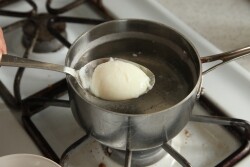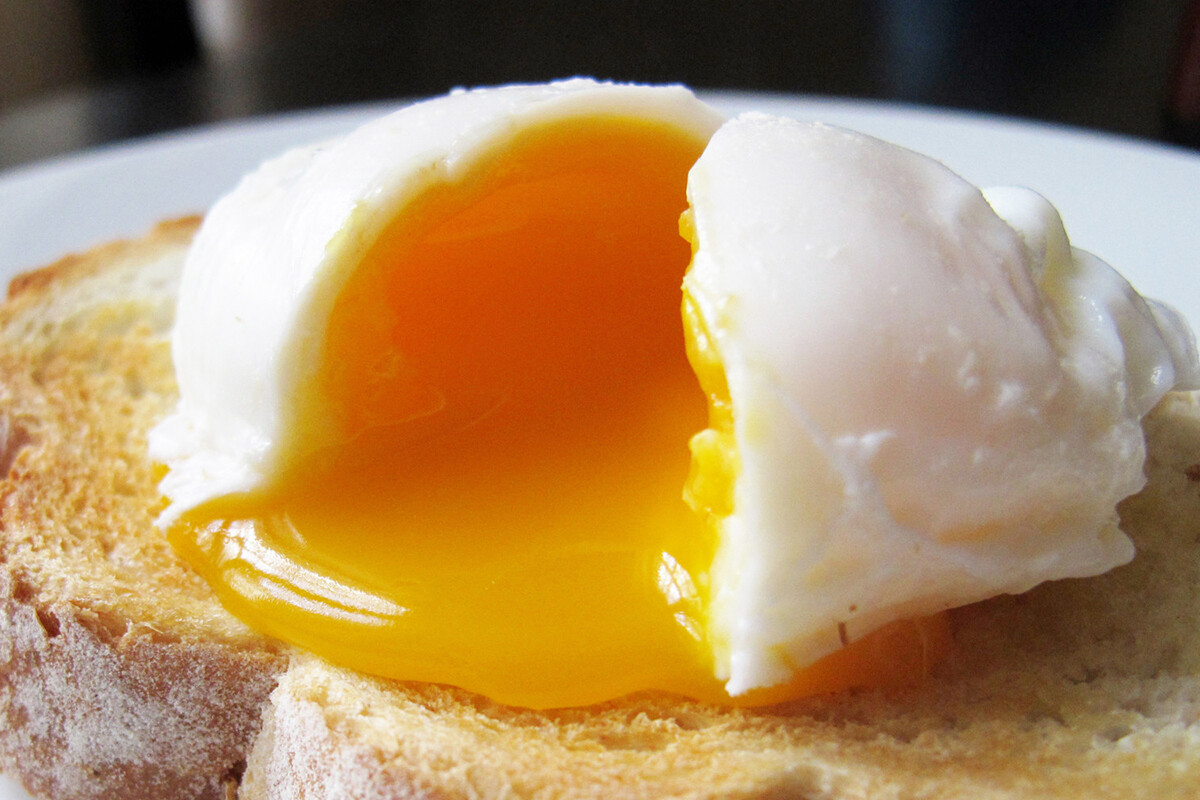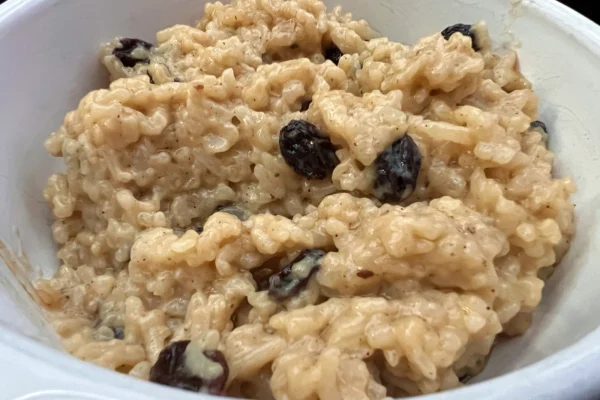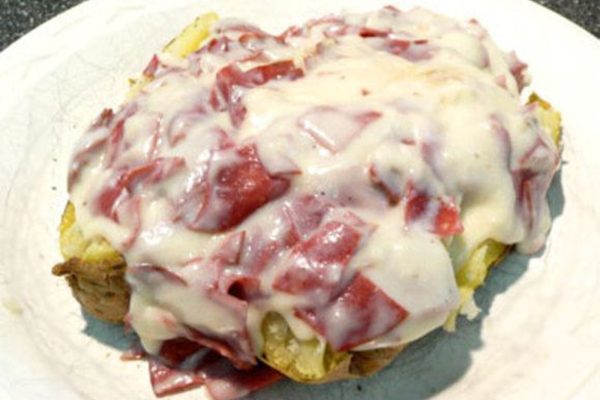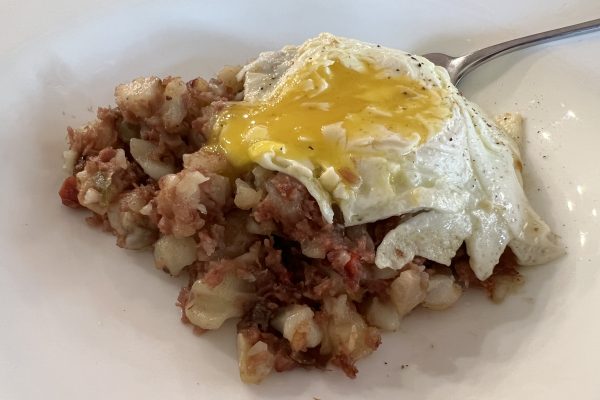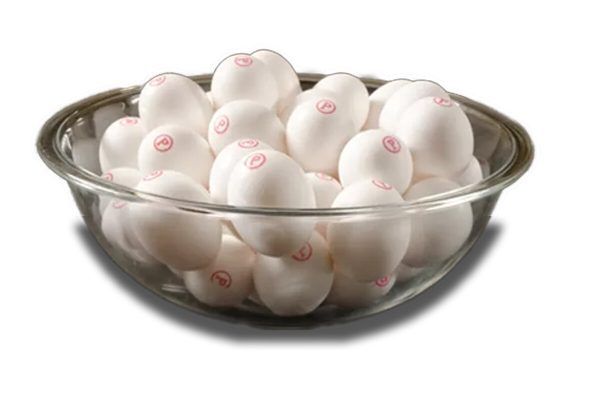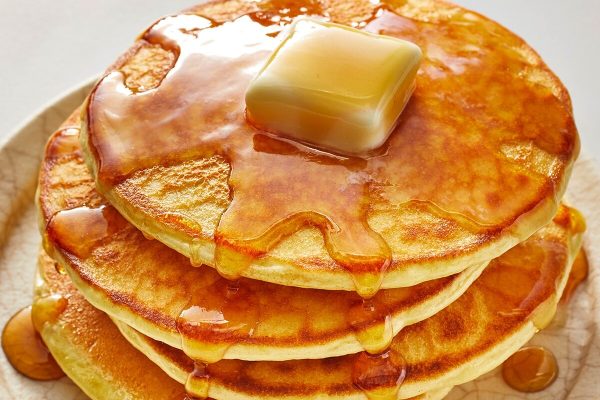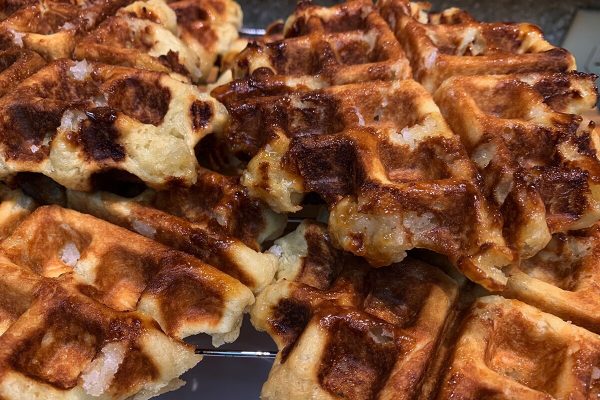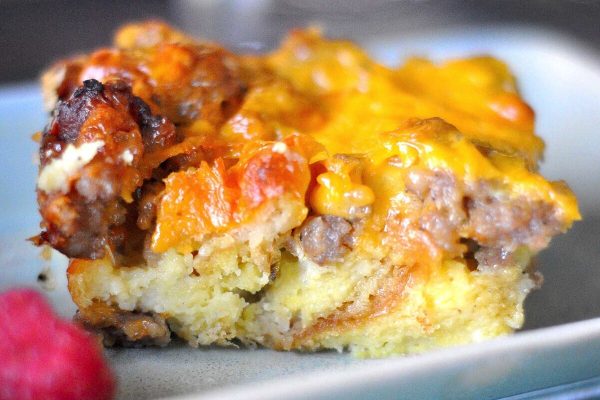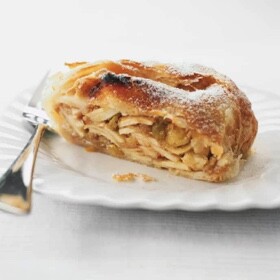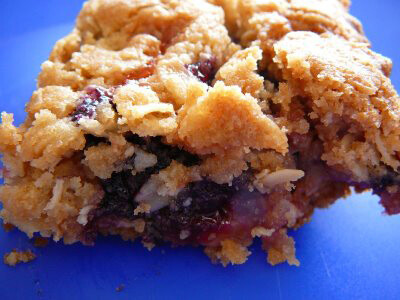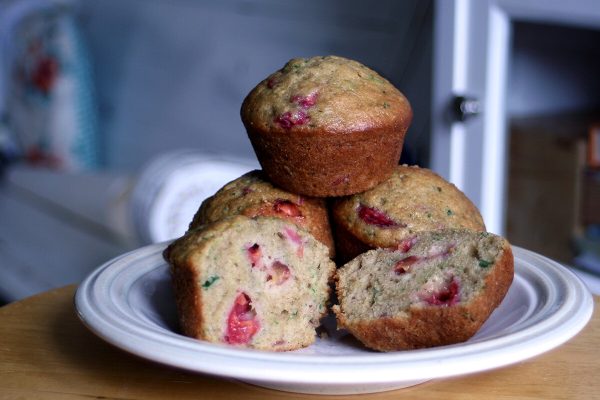
Sous Vide Poached Egg
Ingredients
- 6 Eggs – or more
- 1 tbsp White Vinegar
Instructions
- Preheat the Sous Vide to 145°F. Once the water has reached temperature, carefully add the eggs to the water bath and cook for 45 minutes.
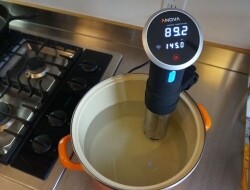
Finishing Steps – Poaching
- After the egg has cooked for 45 mins, you will need to poach the egg. First, heat a pot of water with 1 tsp white vinegar to just below simmering.
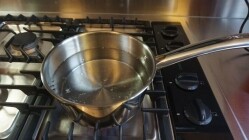
- Next, crack and peel the egg. To remove the egg from the shell, crack the large end of the shell on a flat surface, then carefully peel away a window with your fingertips while still holding the egg with your other hand. The watery, loose white will begin to drip out. This is ok. You won’t need that part.
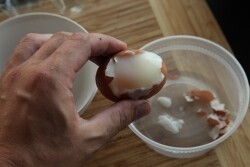
- Once you’ve peeled half of the egg, gently flip the egg out of the rest of the shell and into a bowl. Out should come a perfectly egg-shaped object consisting of the gelled soft white and yolk, surrounded by the watery, barely-set loose white. Our goal is to leave that loose white behind.

- Separate the loose white from the rest of the egg. To do this, I use a perforated spoon to carefully lift the eggs before dumping the loose whites out.
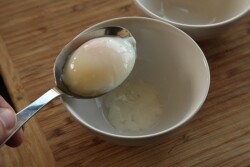
- From here, the egg gets slipped into the pot of water that is just below a simmer. It should immediately start to set around the outside.

- Swirl the water in the pan occasionally to make sure the eggs aren’y sticking to the bottom and becoming flat on one side. Since the eggs are already mostly set, this is not as big a problem as it is when poaching raw eggs. The eggs need only about a minute to develop a skin.
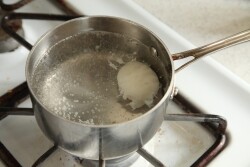
- Finally, fish out the egg with the perforated spoon. What you end up with is the platonic ideal of a poached egg. Ivory white and opaque with a perfect egg shape and a tender outer skin that just barely holds in the liquid contents inside. Your eggs benedict will never be the same.
